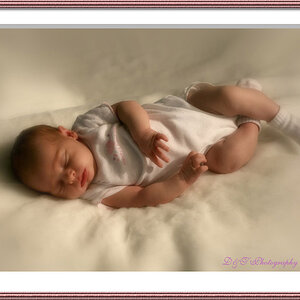splproductions
TPF Noob!
- Joined
- Dec 14, 2011
- Messages
- 191
- Reaction score
- 16
- Location
- Colorado
- Can others edit my Photos
- Photos OK to edit
When I walk into a professional photo gallery, are all of the images I see on the wall printed at 300 DPI? If so, is there ever any upsampling done to achieve enough pixels? Or are the very large prints achieved via panoramic stitching?
The reason I ask is because it seems like until just the last few years, most DSLRs were around 20MPs, and I know there were plenty of pros using digital at that time. This would mean that their max print size would be apx. 18x12, unless the were printing at a lower resolution, upsampling, or sticking frames together.
Not sure if the type of work matters... I'm thinking wildlife/landscape photography in particular.
Sent from my iPhone using ThePhotoForum.com mobile app
The reason I ask is because it seems like until just the last few years, most DSLRs were around 20MPs, and I know there were plenty of pros using digital at that time. This would mean that their max print size would be apx. 18x12, unless the were printing at a lower resolution, upsampling, or sticking frames together.
Not sure if the type of work matters... I'm thinking wildlife/landscape photography in particular.
Sent from my iPhone using ThePhotoForum.com mobile app
Last edited:


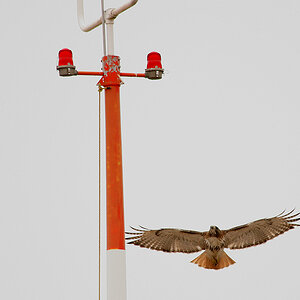
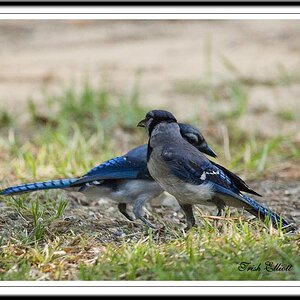


![[No title]](/data/xfmg/thumbnail/36/36602-3001bbe07fa5517ccd4b03e049c7b844.jpg?1619737642)
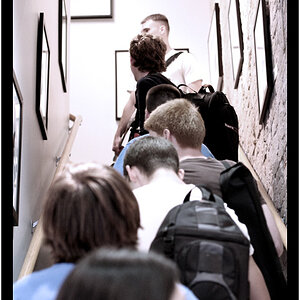

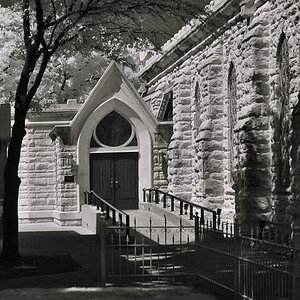
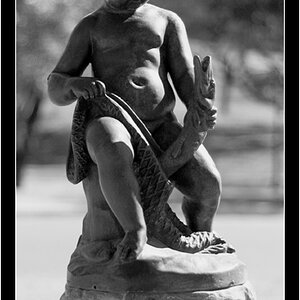
![[No title]](/data/xfmg/thumbnail/36/36302-6ee4929dfdf80290ffd73704693e860f.jpg?1619737496)

